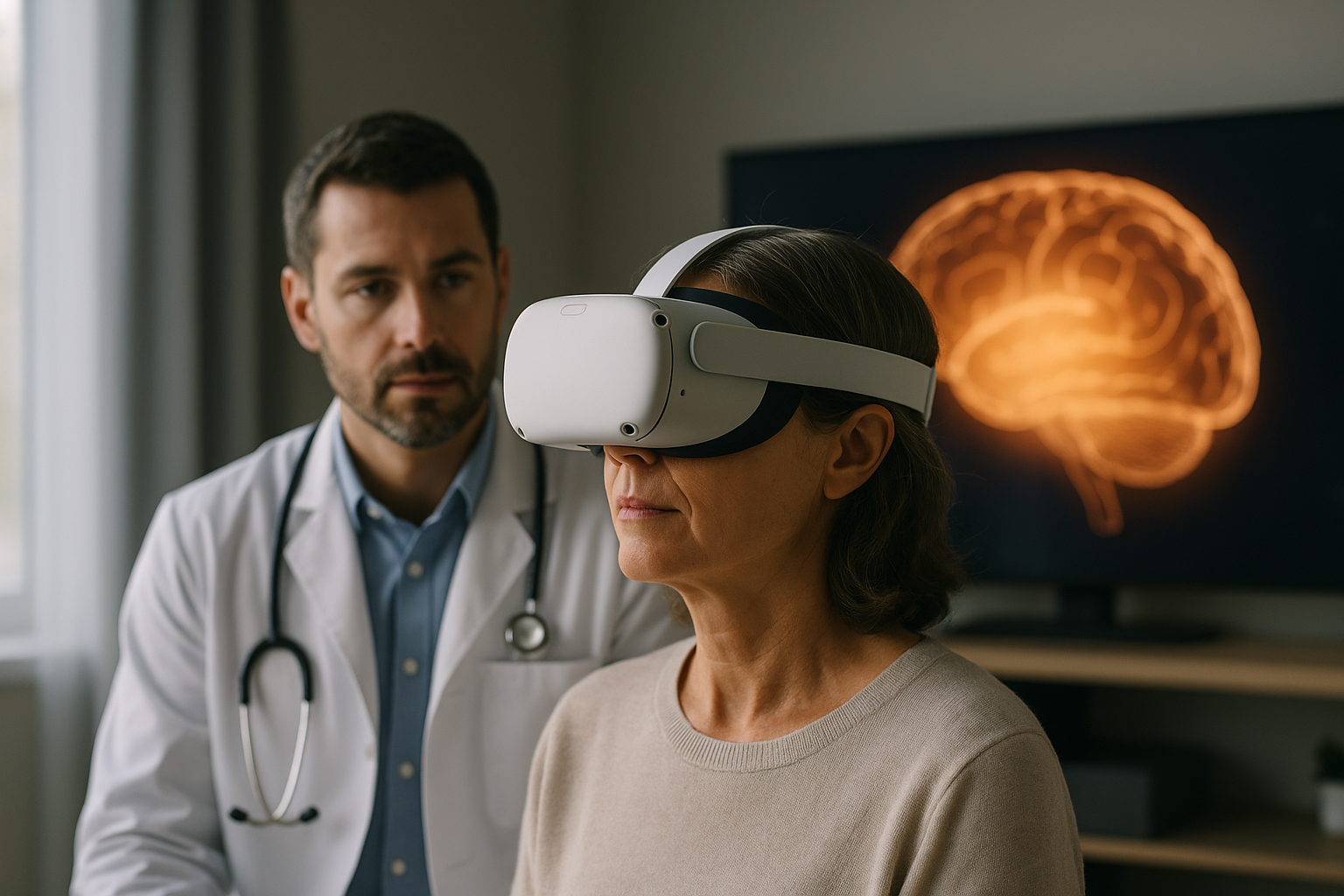Epilepsy Management: Strategies for Safe and Supported Living
Living with epilepsy requires a thoughtful approach to daily life, but with proper management strategies, individuals can lead fulfilling, independent lives. Epilepsy, a neurological disorder characterized by recurrent seizures, affects approximately 3.4 million people in the United States. While each person's experience with epilepsy is unique, comprehensive management typically involves a combination of medical oversight, lifestyle modifications, supportive therapies, and assistive technologies. This article explores various strategies that can help individuals with epilepsy and their support networks create safer, more empowered living situations.

Introduction: Understanding Epilepsy
Epilepsy is a chronic neurological condition characterized by unprovoked, recurrent seizures resulting from abnormal electrical activity in the brain. Seizures can manifest in various ways, from brief lapses in attention to convulsive episodes. Understanding the specific type of epilepsy, seizure triggers, and patterns is crucial for effective management. Epilepsy can develop at any age and may result from genetic factors, brain injuries, infections, stroke, or developmental disorders. In about half of cases, no definitive cause can be identified. This understanding forms the foundation for developing personalized management approaches that address the specific needs and circumstances of each individual.
Medical Management Strategies
Effective epilepsy management typically begins with proper medical oversight. Regular consultations with neurologists specializing in epilepsy (epileptologists) help monitor the condition and adjust treatment plans as needed. Treatment approaches are individualized based on seizure type, frequency, underlying causes, and the person’s overall health. Non-invasive diagnostic tools like electroencephalograms (EEGs), magnetic resonance imaging (MRI), and video monitoring provide valuable information about brain activity and seizure patterns.
For some individuals, specialized diets such as the ketogenic diet or modified Atkins diet may be recommended under medical supervision. These dietary approaches alter the body’s metabolism in ways that can reduce seizure activity in certain forms of epilepsy. Additionally, neurostimulation therapies like vagus nerve stimulation (VNS) or responsive neurostimulation (RNS) might be considered for those whose seizures don’t respond adequately to other interventions.
Lifestyle and Wellness Approaches
Daily habits and routines play a significant role in epilepsy management. Maintaining consistent sleep patterns is particularly important, as sleep deprivation can trigger seizures in many individuals with epilepsy. A balanced diet, regular physical activity within appropriate safety parameters, and stress management techniques all contribute to overall well-being and may help reduce seizure frequency.
Identifying and avoiding personal seizure triggers is another essential aspect of lifestyle management. Common triggers include missed meals, alcohol consumption, certain visual stimuli like flashing lights, and extreme emotional states. Keeping a seizure diary can help identify patterns and potential triggers, allowing for more effective self-management strategies. Additionally, mindfulness practices, meditation, and yoga have shown promise in reducing stress levels and potentially improving seizure control in some individuals.
Therapies and Supportive Care
Beyond medical interventions, various therapeutic approaches can address the emotional, cognitive, and social aspects of living with epilepsy. Cognitive behavioral therapy (CBT) helps individuals develop coping mechanisms for anxiety or depression that may accompany the condition. Occupational therapy can provide strategies for managing daily activities safely and independently, while speech therapy might assist those experiencing language difficulties related to their epilepsy.
Support groups, whether in-person or online, offer valuable connections with others facing similar challenges. These communities provide emotional support, practical advice, and a sense of belonging that can counteract feelings of isolation. Educational programs about epilepsy management, available through epilepsy centers and organizations, empower individuals and families with knowledge and skills for daily living.
Assistive Devices and Technology
Technological innovations have significantly improved safety and independence for people with epilepsy. Seizure detection devices, such as wearable monitors that can alert caregivers when a seizure occurs, provide an extra layer of security. Smart home features like automatic shut-off systems for stoves or water faucets minimize risks during seizure activity. Medical alert jewelry and smartphone applications designed specifically for epilepsy management allow users to store and share critical medical information in emergency situations.
For those with photosensitive epilepsy, specialized glasses or screen filters can reduce exposure to triggering light patterns. Safety equipment, such as padded furniture corners, anti-suffocation pillows, and seizure helmets, may be appropriate depending on an individual’s specific seizure patterns and needs. These technological supports, when integrated thoughtfully into daily life, can significantly enhance safety without being intrusive.
Family and Caregiver Support
The role of family members and caregivers is invaluable in comprehensive epilepsy management. Education about proper seizure first aid—knowing when and how to assist during a seizure—is essential knowledge for anyone living or working closely with someone who has epilepsy. Creating a seizure action plan that outlines specific steps to take during and after seizures provides clear guidance in potentially stressful situations.
Addressing caregiver burnout through respite care options and connecting with support resources helps maintain sustainable assistance systems. Open communication within families about epilepsy-related concerns fosters understanding and reduces stigma. Many epilepsy organizations offer resources specifically designed for family members and caregivers, including educational materials, workshops, and support networks focused on their unique needs and challenges.
Proactive Epilepsy Management
Taking a proactive approach to epilepsy management empowers individuals to participate fully in their treatment decisions and daily care. Regular medical follow-ups ensure treatment plans remain effective and are adjusted as needed. Staying informed about research developments and treatment options allows for meaningful discussions with healthcare providers about potential new approaches.
Creating and maintaining emergency protocols—including having emergency contacts readily available, carrying medical information, and ensuring those around you know basic seizure first aid—provides peace of mind and preparedness. Advocating for oneself in healthcare settings, workplaces, and educational institutions helps ensure appropriate accommodations and understanding. By engaging actively in these management strategies, individuals with epilepsy can maintain greater control over their condition and quality of life.
This article is for informational purposes only and should not be considered medical advice. Please consult a qualified healthcare professional for personalized guidance and treatment.




